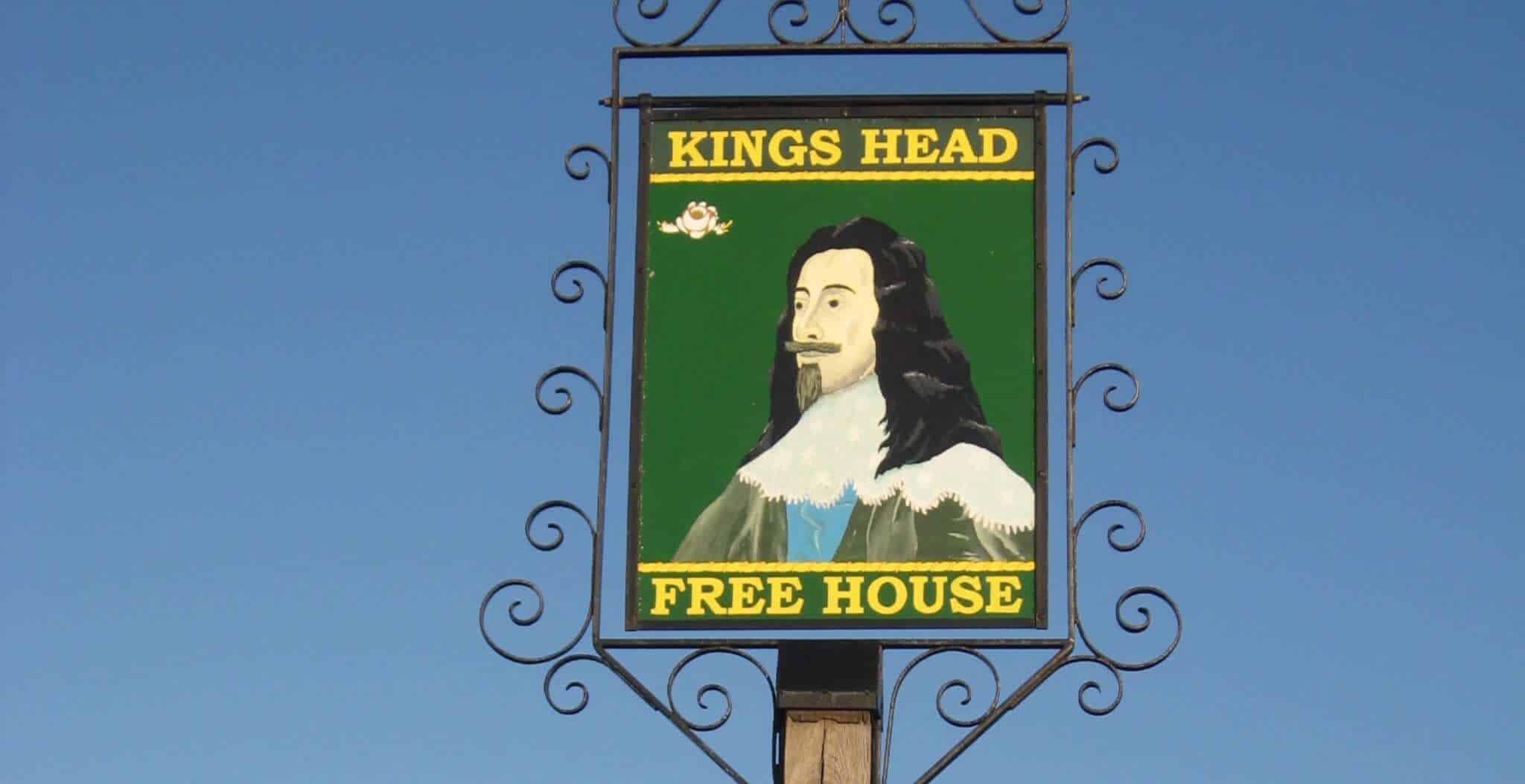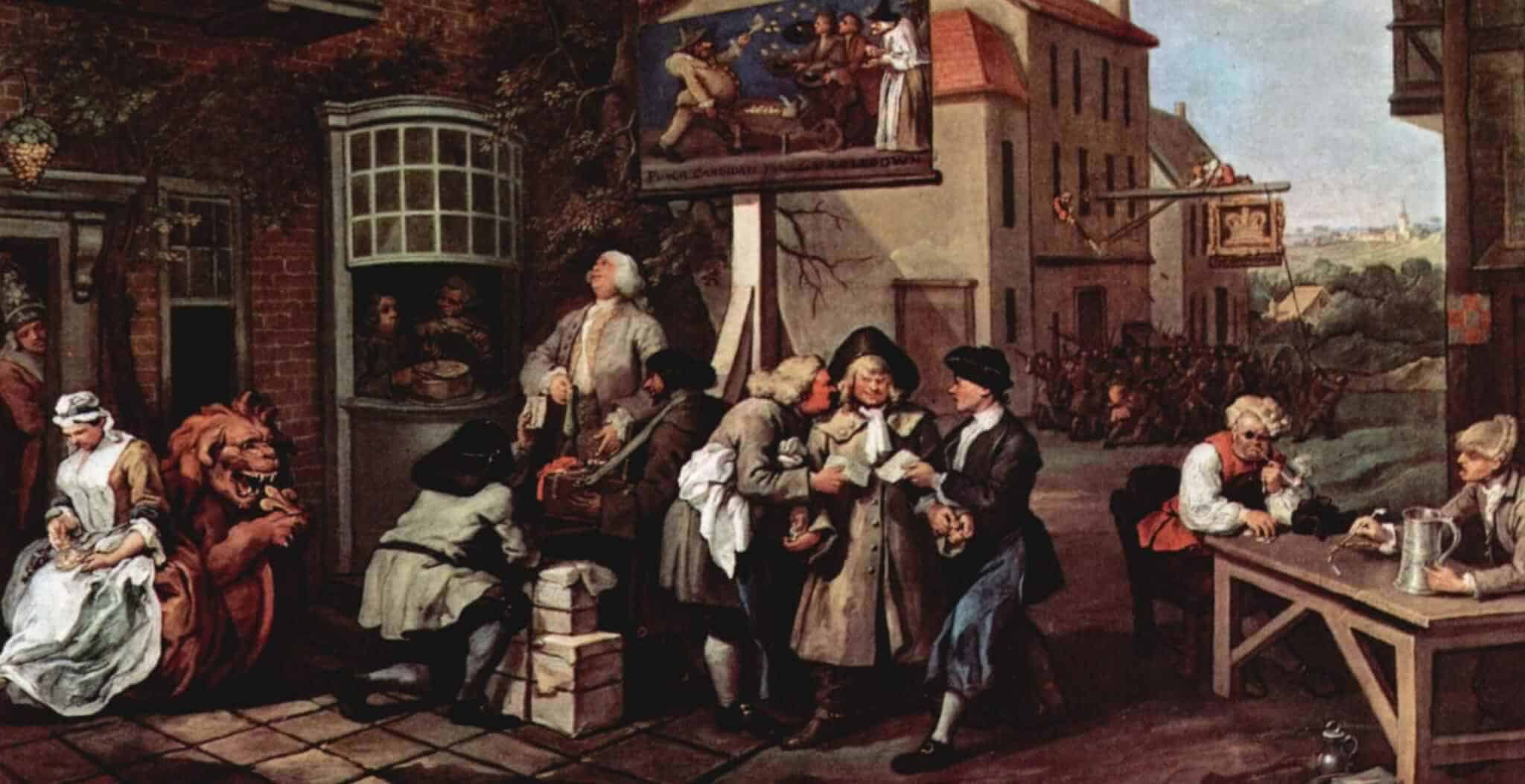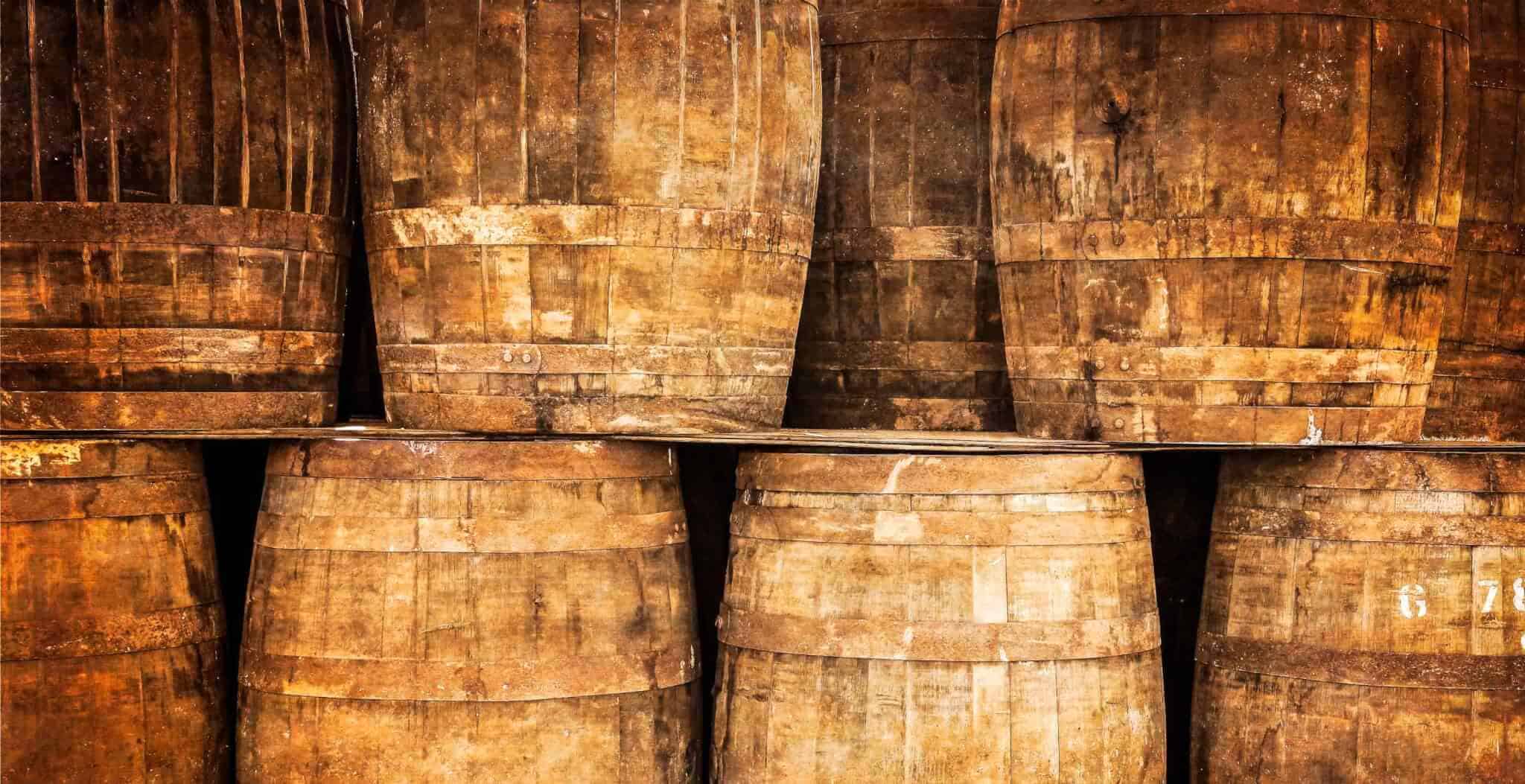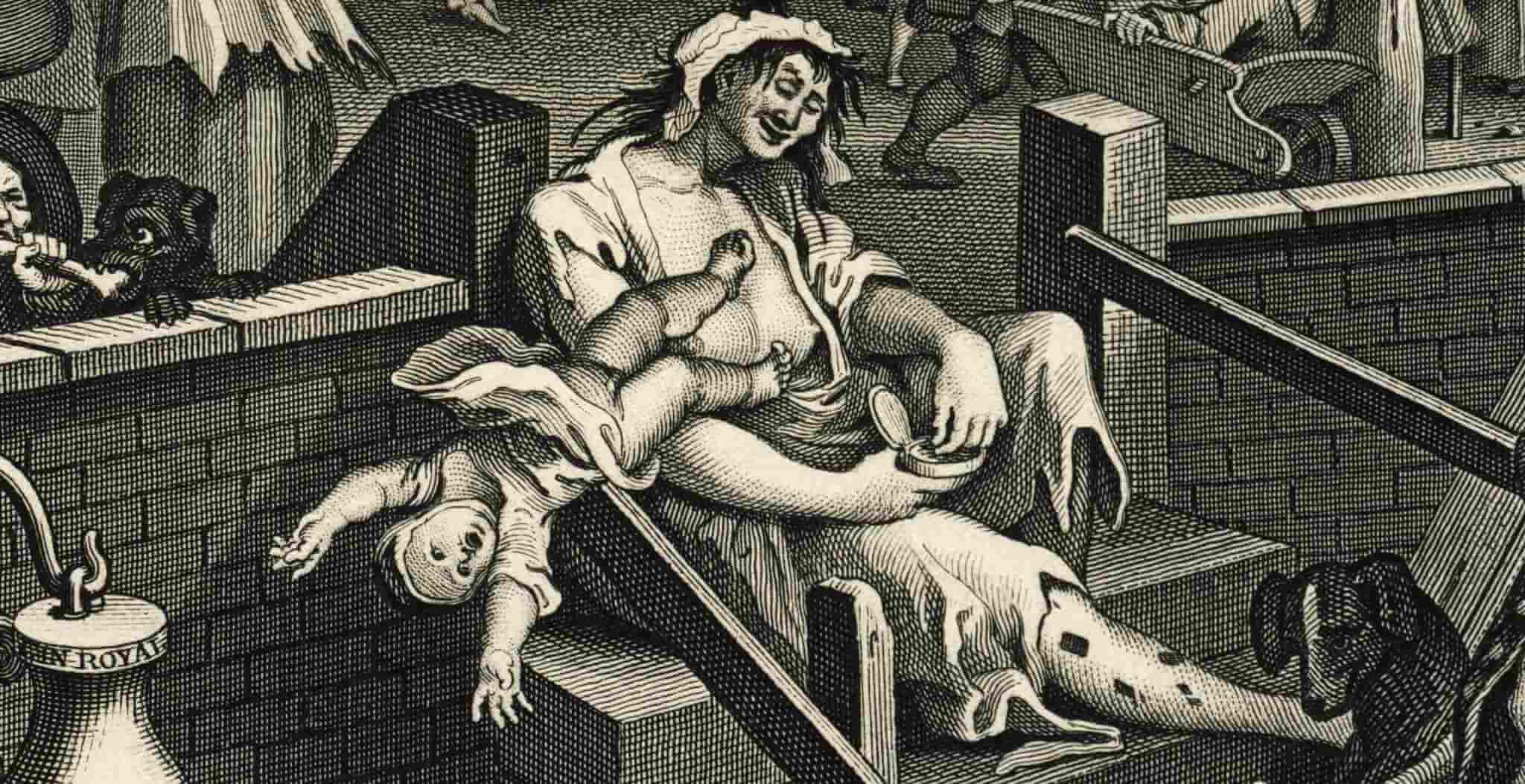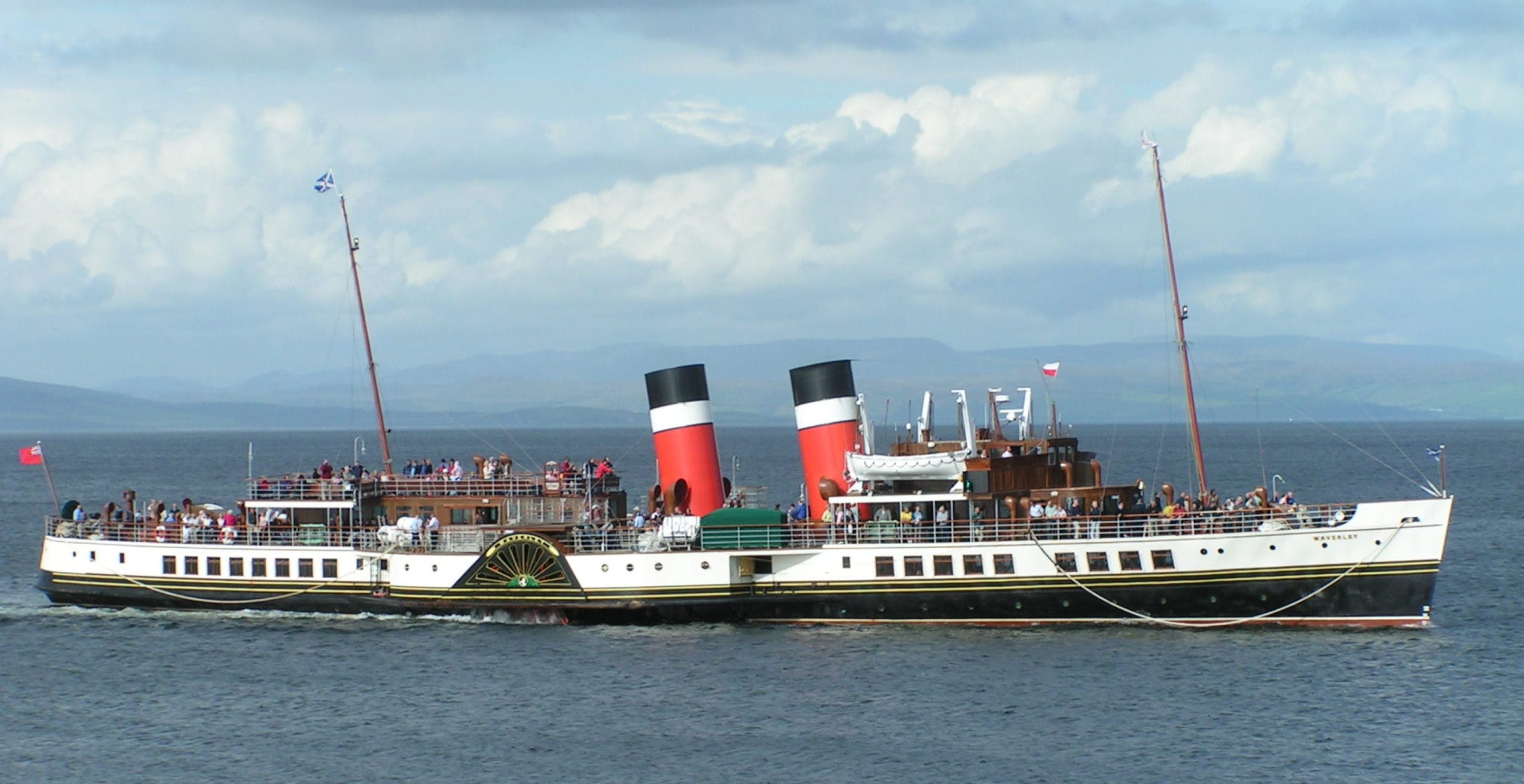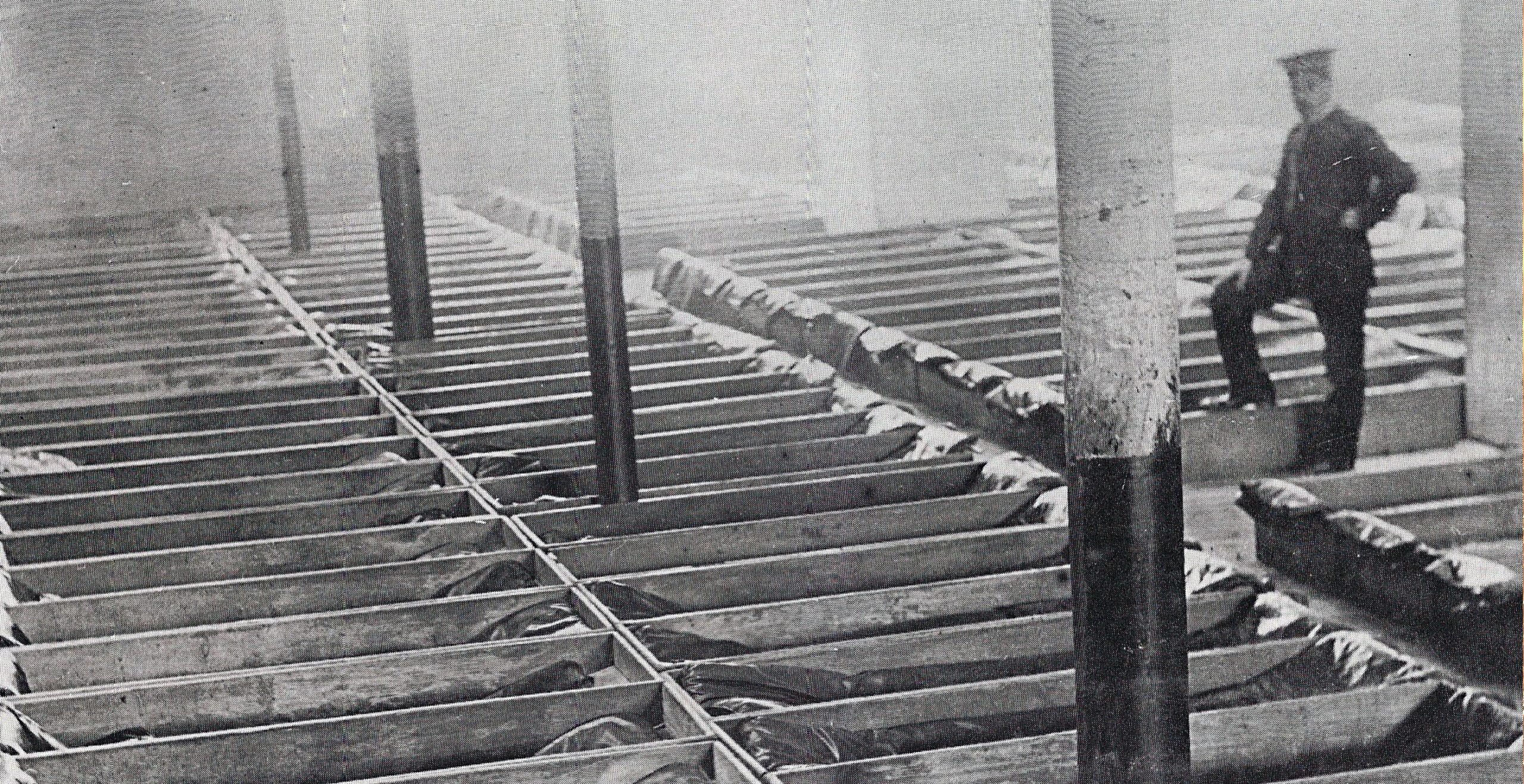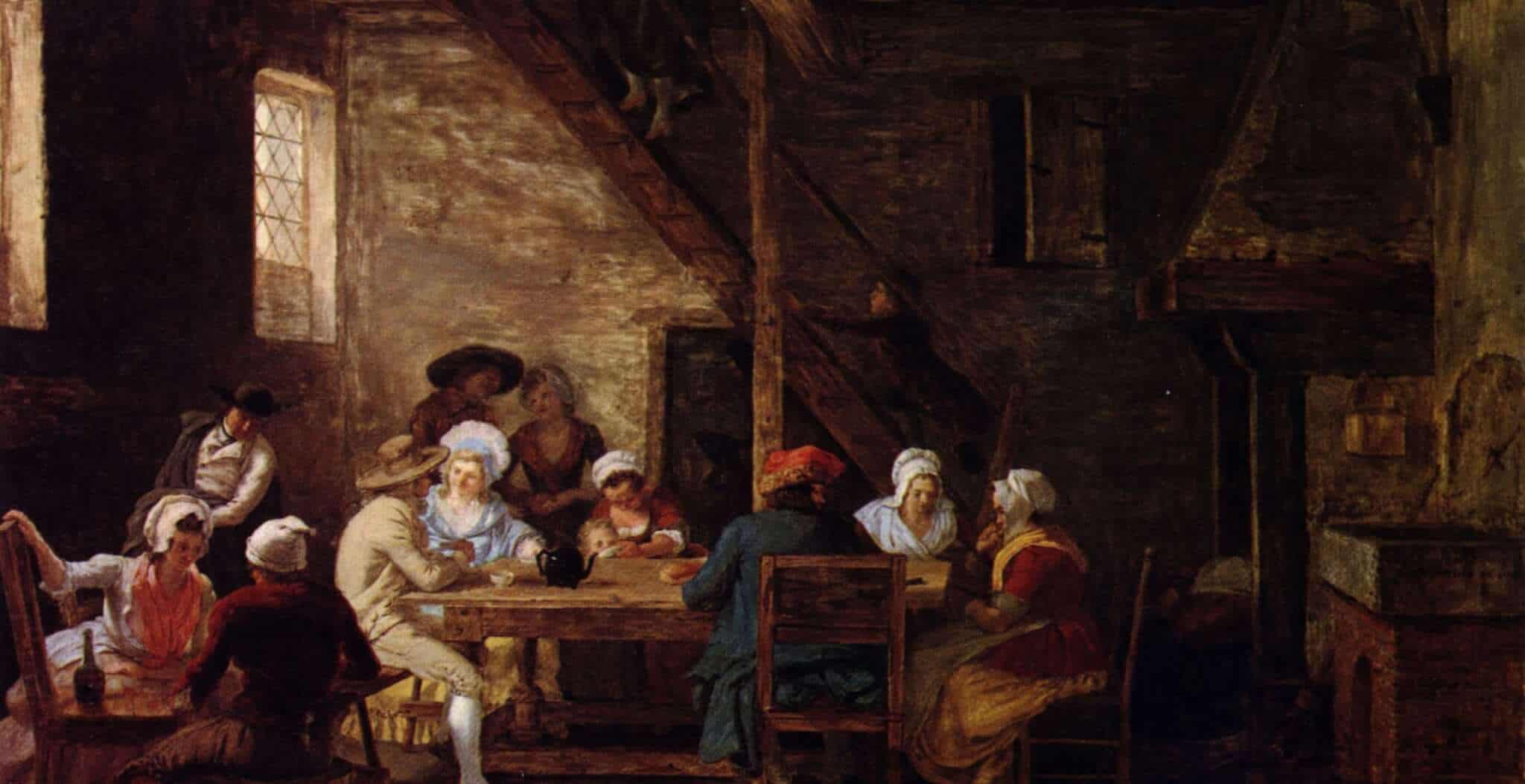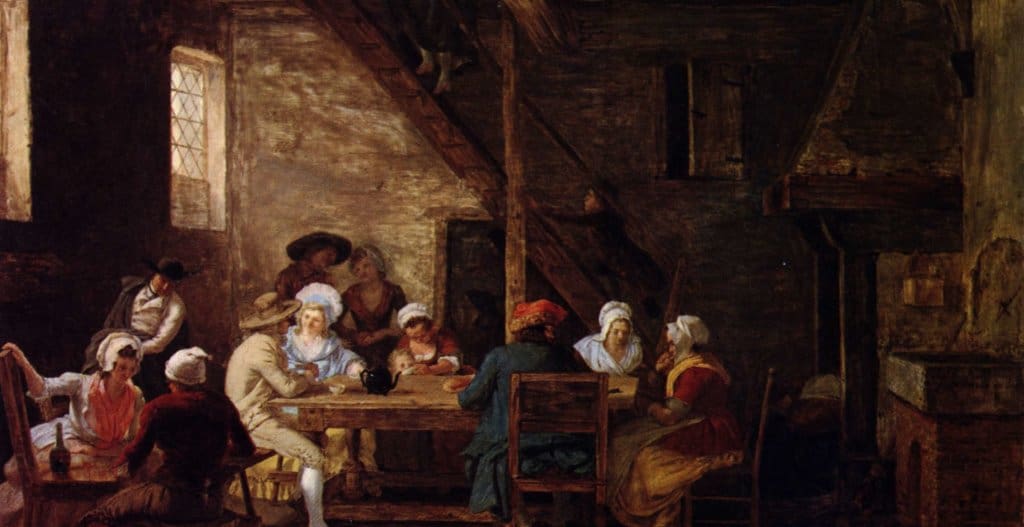Britain has a unique heritage in its inn signs: a record of its history and the people who made it. Inn signs depict everything, from battles to inventions, from sporting heroes to royalty.
The origin of inn signs goes back to the Romans. The ‘Tabernae’ would hang vine leaves outside to show that they sold wine – in Britain, as vine leaves are rare (due to the climate!), small evergreen bushes were substituted. One of the first Roman tavern signs was the ‘Bush’. Early pubs hung long poles or ale stakes, which might have been used to stir the ale, outside their doors. If both wine and ale were sold, then both bush and pole would be hung outside.
The naming of inns and pubs became common by the 12th century. With pub names came pub signs – as the majority of the population could not read or write. In 1393, King Richard II passed an Act making it compulsory for pubs and inns to have a sign (his own emblem the ‘White Hart’ in London) in order to identify them to the official Ale Taster. Ever since then, inn names and signs have reflected, and followed, British life at that time.
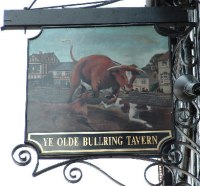 Before King Henry VIII and the Reformation, many had a religious theme, for example ‘The Crossed Keys’ , the emblem of St. Peter. When Henry split with the Catholic church, names were changed from religious themes to ‘The King’s Head’ or ‘The Rose & Crown’ etc.
Before King Henry VIII and the Reformation, many had a religious theme, for example ‘The Crossed Keys’ , the emblem of St. Peter. When Henry split with the Catholic church, names were changed from religious themes to ‘The King’s Head’ or ‘The Rose & Crown’ etc.
The ‘Red Lion’ is probably the most common name for a pub and originates from the time of James I and VI of Scotland who came to the throne in 1603. James ordered that the heraldic red lion of Scotland be displayed on all buildings of importance – including pubs!
Many signs have royal links: for instance, most ‘White Lion’ inns date from the time of Edward IV and the ‘White Boar’ was the emblem of Richard III.
Pubs are also named after famous people in history, for example, The Duke of Wellington and Shakespeare.
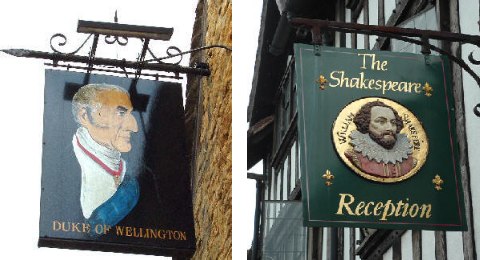
More recently, social and industrial change has been reflected in pub names, for example ‘The Railway’ . Sport is well represented with names like ‘The Cricketers’. Infamous goings-on are also remembered: for example, ‘The Smugglers Haunt’ and ‘The Highwayman’!
For more information on the art of pub sign painting, follow this link to the Brewery Artists website.
